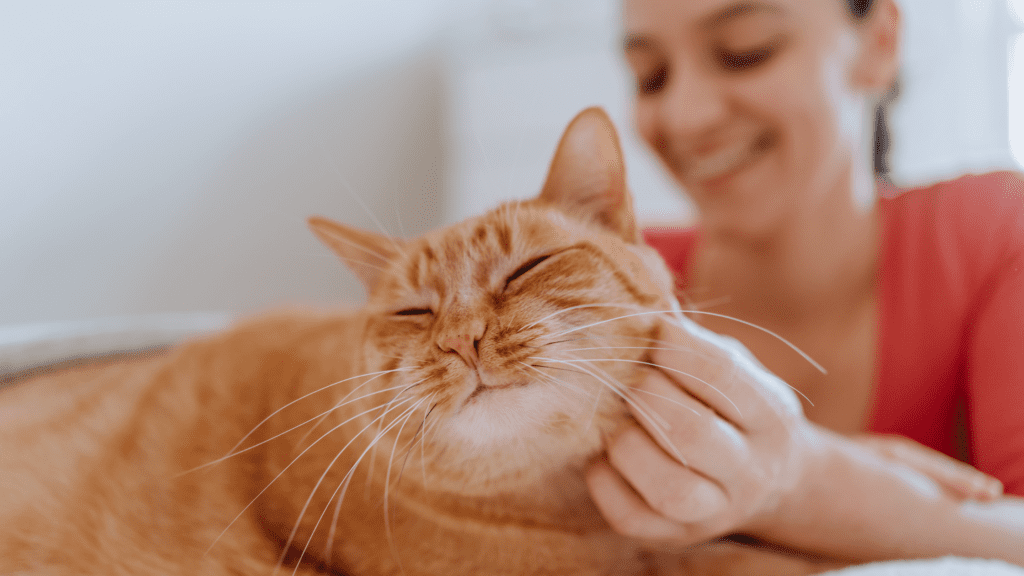Emotions are a fundamental part of life, shaping our experiences and interactions with the world around us. While we often anthropomorphize our pets, attributing human-like emotions to them, it’s essential to recognize both the similarities and differences between human and pet emotions. This understanding can deepen our bond with our furry friends and enhance our ability to care for them.
The Nature of Emotions
Human Emotions
Humans experience a wide range of complex emotions influenced by cognitive processes, social interactions, and personal experiences. Our emotions are deeply tied to our consciousness, self-awareness, and ability to reflect on the past and future. Emotions like guilt, shame, pride, and empathy are part of what makes human emotional life rich and multifaceted.
Pet Emotions
Pets, particularly dogs and cats, also experience emotions, but their emotional range and complexity differ from ours. Pets primarily live in the moment and respond to immediate stimuli. Their emotions are more straightforward and are closely tied to their survival instincts and social bonds. Common pet emotions include joy, fear, anger, and affection.
Common Emotions in Pets and Humans
Joy
Humans: We feel joy from various sources, such as achievements, relationships, and personal growth.
Pets: Pets express joy through tail wagging, play, social interactions, and enjoying their favorite activities.
Humans: Fear in humans can stem from real or imagined threats, and it often involves a complex interplay of thoughts and anticipations.
Pets: Pets experience fear in response to direct threats, loud noises, unfamiliar environments, or negative past or present experiences.
Affection
Humans: Human affection is multifaceted, involving deep emotional connections, empathy, and mutual understanding.
Pets: Pets show affection through physical closeness, grooming behaviors, and seeking attention, like a cat rubbing against your leg or a dog leaning into you.
Grief
Humans: Human grief is profound and can involve mourning the loss of loved ones, broken relationships, or significant life changes.
Pets: Pets can also experience grief, particularly over the loss of a companion or a significant change in their environment. They may exhibit behaviors like withdrawal, changes in eating habits, or increased vocalization.
Differences in Emotional Expression
Humans have complex ways of expressing emotions, including verbal communication, facial expressions, body language, and art. We can articulate our feelings and seek support through conversations, which helps us process emotions.
Pets rely on non-verbal cues to express their emotions. Understanding these cues requires attentiveness to their body language, vocalizations, and behavior patterns. For example, a dog’s wagging tail can indicate happiness, while a cat’s flattened ears may signal fear or aggression. You can also better understand these expressions by hiring an animal communicator.
Enhancing the Human-Pet Bond
Recognizing and respecting the emotional lives of our pets is crucial for fostering a strong bond. Here are some tips to enhance this bond:
- Observe and Learn: Spend time observing your pet’s behavior and body language. This helps you understand their emotional states and respond appropriately.
- Provide a Safe Environment: Ensure your pet feels safe and secure. A stable, loving environment helps them feel confident and reduces stress.
- Engage in Play and Interaction: Regular play and positive interactions strengthen your bond and provide emotional enrichment for your pet.
- Offer Comfort: During stressful times, comfort and reassure your pet with physical touch, soothing words, or providing a quiet space.
- Respect Their Space: Just like humans, pets sometimes need their space. Respect their boundaries and allow them to retreat when they need a break.
- Hire an Animal Communicator: By hiring an animal communicator, you can learn things like what your pet likes to do and eat, whether it likes its environment, how it’s physically feeling, and so much more!
While human and pet emotions are different in complexity and expression, they share the core experience of feeling and responding to the world around them. By understanding these similarities and differences, we can better meet our pets’ emotional needs and build a deeper, more fulfilling relationship with our furry companions. Embrace the unique ways your pet shows their emotions and cherish the bond you share.



